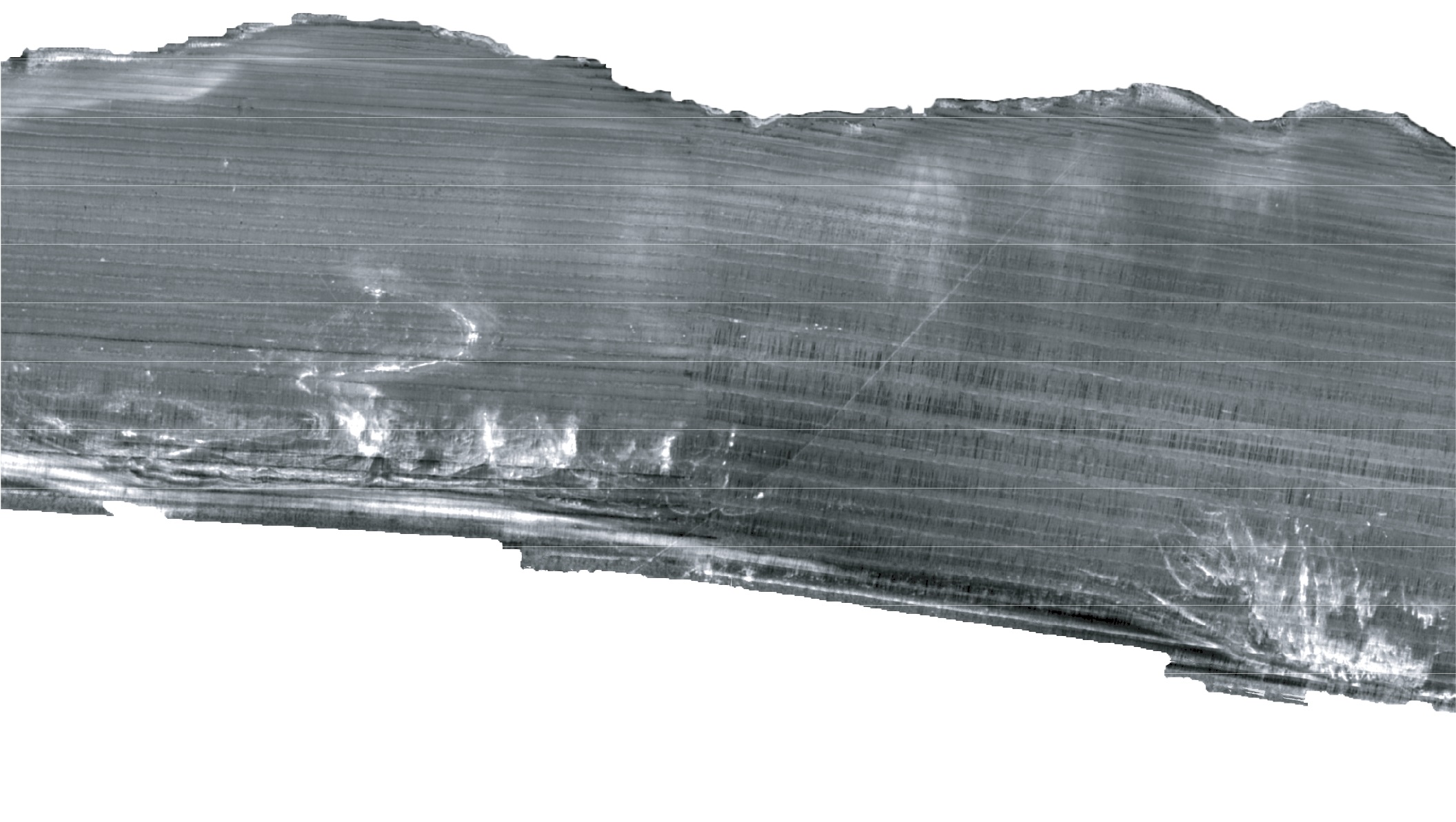| Description |
This part of DS 781 presents data for the acoustic-backscatter map of the Offshore of Refugio Beach map area, California. The raster data file is included in "Backscatter_OffshoreRefugioBeach.zip," which is accessible from https://pubs.usgs.gov/ds/781/OffshoreRefugioBeach/data_catalog_OffshoreRefugioBeach.html. These data accompany the pamphlet and map sheets of Johnson, S.Y., Dartnell, P., Cochrane, G.R., Golden, N.E., Phillips, E.L., Ritchie, A.C., Krigsman, L.M., Dieter, B.E., Conrad, J.E., Greene, H.G., Seitz, G.G., Endris, C.A., Sliter, R.W., Wong, F.L., Erdey, M.D., Gutierrez, C.I., Yoklavich, M.M., East, A.E., and Hart, P.E. (S.Y. Johnson and S.A. Cochran, eds.), 2015, California State Waters Map Series—Offshore of Refugio Beach, California: U.S. Geological Survey Scientific Investigations Map 3319, pamphlet 42 p., 11 sheets, scale 1:24,000, https://doi.org/10.3133/sim3319. The acoustic-backscatter map of the Offshore of Refugio Beach map area, California, was generated from backscatter data collected by the U.S. Geological Survey (USGS). The USGS mapped this region in the summer 2008 using a 234.5 kHz SEA (AP) Ltd. SWATHplus-M phase-differencing sidescan sonar. These data were later re-processed in 2012. Within the acoustic-backscatter imagery, brighter tones indicate higher backscatter intensity, and darker tones indicate lower backscatter intensity. The intensity represents a complex interaction between the acoustic pulse and the seafloor, as well as characteristics within the shallow subsurface, providing a general indication of seafloor texture and sediment type. Backscatter intensity depends on the acoustic source level; the frequency used to image the seafloor; the grazing angle; the composition and character of the seafloor, including grain size, water content, bulk density, and seafloor roughness; and some biological cover. Harder and rougher bottom types such as rocky outcrops or coarse sediment typically return stronger intensities (high backscatter, lighter tones), whereas softer bottom types such as fine sediment return weaker intensities (low backscatter, darker tones). [More]
|
